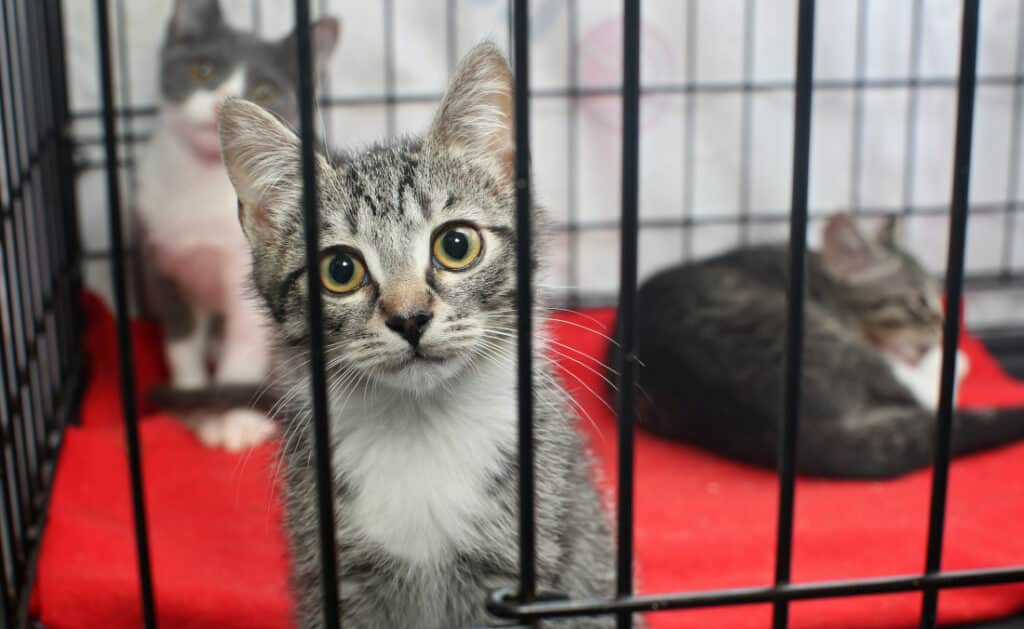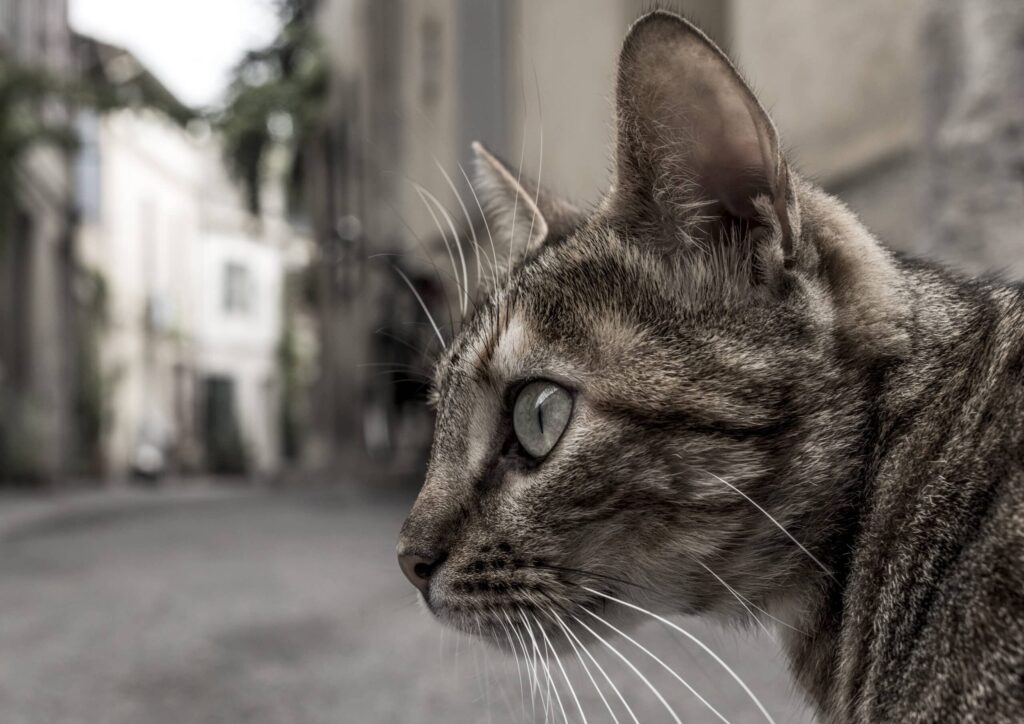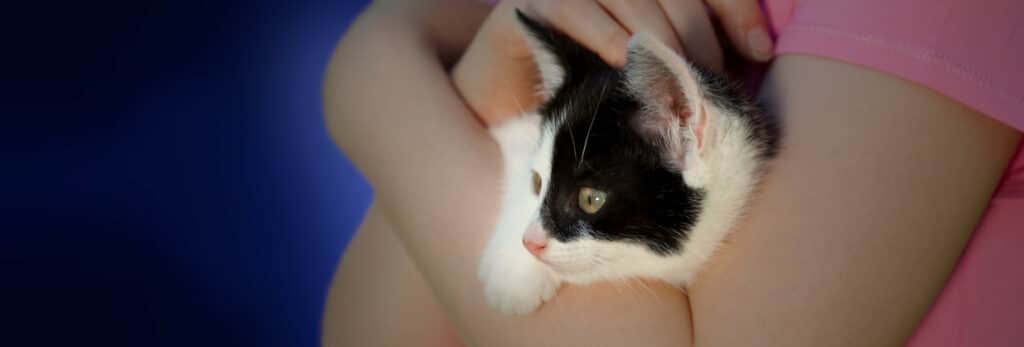
The Growing Problem of Cat Overpopulation
A pressing issue looms large in the feline world; cat overpopulation. Domestic felines breed at an alarming rate leading to a surplus of stray and abandoned cats that has reached epidemic proportions.
This article delves into the reasons behind this mounting crisis and its impact on feline welfare. We’ll look at their environmental impact and explore the steps we must take to address and curb cat overpopulation.
The Unseen Crisis: Feline Overpopulation
Cat overpopulation isn’t as widely discussed as other animal welfare concerns. But it is a serious issue affecting countless domestic cats’ lives.
Unlike their wild ancestors, domestic cats can reproduce at a prolific rate. A single unspayed female is capable of giving birth to multiple litters of kittens every year.
This unchecked breeding has led to an alarming surplus of cats, straining animal shelters to breaking point. And contributing to a heartbreaking cycle of neglect, suffering, and euthanasia.

The Causes of Cat Overpopulation
- Lack of Spaying and Neutering:
One of the primary causes of feline overpopulation is the failure to spay or neuter cats. This procedure is vital to prevent unwanted litters and can significantly reduce the number of homeless cats. - Abandonment and Irresponsible Ownership:
Some pet owners abandon their cats or allow them to roam freely outdoors, leading to unplanned pregnancies and adding to the overpopulation crisis. This problem is exacerbated by cats that aren’t microchipped and thus can’t be returned to their owners. - Misconceptions and Cultural Norms:
Certain misconceptions and cultural beliefs regarding spaying and neutering contribute to hesitancy in adopting these measures.
The Impact on Cats
- Stray and Feral Cat Populations:
Feline overpopulation results in burgeoning stray and feral cat populations. These cats struggle to find food and shelter. And face the constant threat of injury, disease, and predation. - Shelter Overcrowding:
Animal shelters are inundated with unwanted cats, placing an enormous burden on limited resources. Sadly, this often leads to euthanasia as shelters struggle to cope with the influx of animals. - Health and Welfare Issues:
Stray and feral cats face various health challenges, including injuries, malnutrition, and contagious diseases.
Towards a Solution
- Promoting Spaying and Neutering:
Encouraging responsible pet ownership and promoting the benefits of spaying and neutering are crucial steps toward curbing feline overpopulation. - Trap-Neuter-Return Programs:
Implementing TNR programs for feral cat colonies helps stabilize their populations, preventing further breeding and improving their overall welfare. - Educating the Public:
Raising awareness about the consequences of feline overpopulation and dispelling myths surrounding spaying and neutering can make a significant difference. - Support Shelters and Rescue Groups:
Providing financial, veterinary, and/or human resources to shelters and rescue organizations helps alleviate the strain of caring for abandoned and neglected cats.
Capture
Spaying and neutering are highly effective but only work in conjunction with a capture and release program for stray cat colonies.
Spay
The most humane solution to cat overpopulation is spaying and neutering a colony of stray cats. This stops the problem in its tracks.
Volunteer
Contact your local cat charity or shelter and ask how you can serve. Every shelter needs human, financial, and veterinary resources.
Summing up the Problem of Cat Overpopulation
Feline overpopulation is undoubtedly the single most important issue affecting domestic house cats today. As responsible and compassionate individuals, it’s our duty to address this crisis through awareness, education, and action.
By promoting spaying and neutering, supporting local shelters, and advocating for humane population control methods, we can create a world where every domestic cat is valued, cherished, and given the chance to live a safe and happy life.
Let’s come together as a society to protect and preserve the well-being of these beloved companions, ensuring a brighter future for both cats and humans alike.












